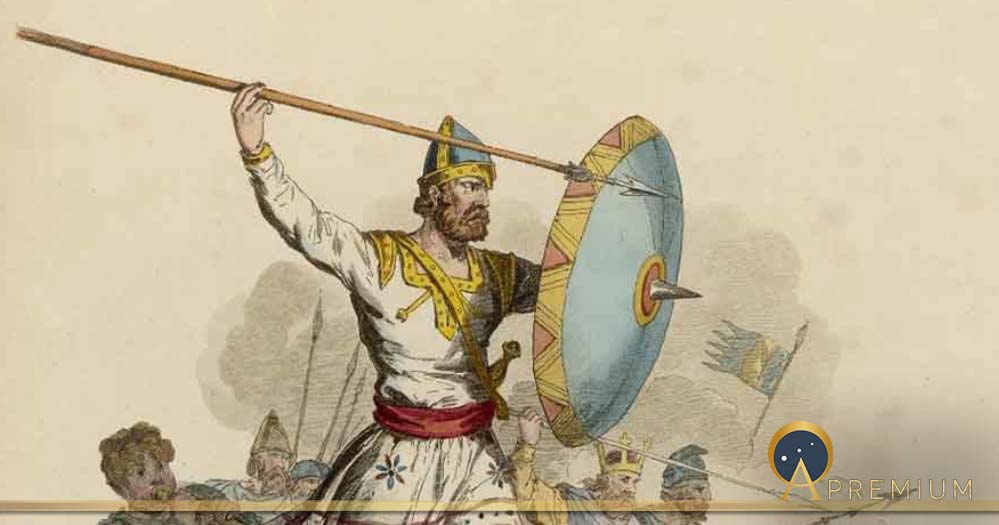Bretwaldas: The Early Anglo-Saxon Kings Of Post-Roman Britain
Current literature on the early medieval period in England and the Anglo-Saxons in general, supporting an outdated curriculum taught 40 years ago, postulating that waves of Anglo-Saxons warriors arrived in Britain and pushed the indigenous population to the north and west by killing them and enslaving those who remained, is far from the truth. Recent advances in genetics have revealed a significant continuation of the population. Additionally, archaeology has shown equally significant evidence for continuation of land use, while at the same time rendered little support for any wide-scale destruction and displacement, despite the lurid tales of some of the literary sources such as Gildas, in the early sixth century, and Bede around 730 AD.

Roman Britain in 410 (Public Domain)
This has led to a vigorous debate about the nature of the Anglo-Saxon take-over. Far from a one-off event, it was in fact a process lasting many decades. At the start of this process, at the beginning of the fifth century, Roman Britain had a functioning civil and military structure which held authority over much of the island of Britain, certainly south of Hadrian’s Wall. In addition, many Britons had a distinctly Roman cultural identity. By the end of the sixth century this had all been swept away. The diocese and provincial structure had fragmented and a number of petty kingdoms emerged, many possibly based on the former civitates and tribal areas. The west and north of the former diocese evolved a distinct Romano-British cultural identity. Ironically the more Romanized regions in the south and east developed a more Germanic culture, however, one should not assume these two groups or regions and areas were homogenous, ethnically, politically or culturally.

Illustration of Anglo-Saxon society and clothing, 500-1000 AD. ( Public Domain )
The term ‘Anglo-Saxon’ is a late one and applied retrospectively as a combination of influences and events, together with increased levels of settlement, helped create different cultural identities, not just within the indigenous population but also within the various different peoples settling in Britain.
The Comitatus and Seven Kingdoms
In contrast with these different emerging cultural identities an important similarity is often overlooked: The emergence of the war-band as a principal building block of an increasingly militarized society. By the beginning of the seventh century, both the Britons and Germanic peoples came to share the common institution: The comitatus or war-band.
Like this Preview and want to read on? You can! JOIN US THERE ( with easy, instant access ) and see what you’re missing!! All Premium articles are available in full, with immediate access.
For the price of a cup of coffee, you get this and all the other great benefits at Ancient Origins Premium. And - each time you support AO Premium, you support independent thought and writing.
Tony Sullivan is the author of King Arthur: Man or Myth?; The Battles of King Arthur; and The Roman King Arthur? Lucius Artorius Castus, which dismantles the Artorius-Arthur theory and places this historical Roman officer in the reigns of Severus and Caracalla. His latest book is: The Early Anglo-Saxon Kings
Top Image: Anglo Saxon Chieftain( Archivist /Adobe Stock)
By: Tony Sullivan
















